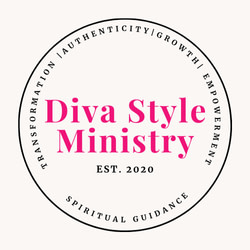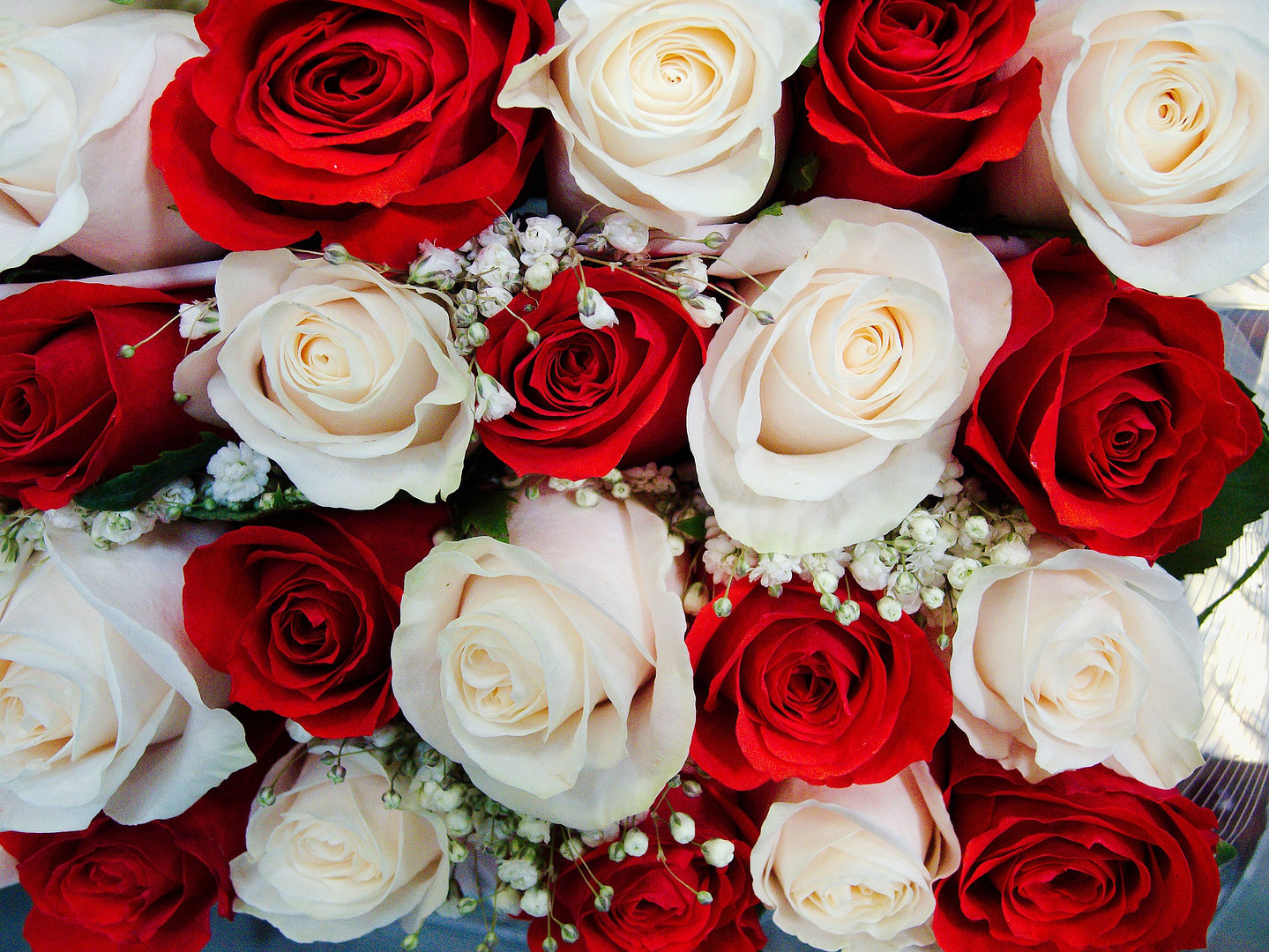A Sermon presented by Rev. Dianne M. Daniels
SUMMARY KEYWORDS
Bloom, beauty, Frida Kahlo, personal branding, Mexican heritage, disability, authenticity, growth, environment, boundaries, self-esteem, religious education, self-improvement, personal development, call to action.
Rev. Dianne Daniels:
Good morning. To bloom is to produce flowers, to be in flower. When you’re talking about plants, it’s easy to see what a bloom is and what blooming means. The flower that shows up for plants, whether it’s a plant for which the flowers seem to be its reason for existing and that we enjoy for its beauty full stop, nothing further needs to be said.
What if it’s a plant for which the flower becomes something of additional value to us perfectly imperfect human beings, like the flowers that become vegetables or fruit. At a minimum, not having those blooms means that we’ll have to do without something we value – that means something good to us.
What does it mean for a person to be in bloom to produce something of beauty within and outside of ourselves? If you focus only on the exterior of a person, to bloom could mean that they have a healthy, energetic, and attractive appearance. We can thank the Cambridge English dictionary for that definition.
Our world is a very visual one, and so blooming, having that attractive appearance, can either be especially important to us, or it can be made especially important to us. Or we can be rebels of a sort and decide that we’re just not that concerned about what other human beings think about our appearance, and we don’t care about their definition of blooming.
To choose to buck the trend, so to speak, and decide that you’re going to dress, walk, talk and style your hair to suit you and you alone is a different – one might say, courageous – way to live. Some people who do this, who choose to bloom according to their own definition, do it so well that we end up talking about them in admiring tones.
Choose someone you’d like to know more about and research them and their life. How did they choose to bloom? I decided to research and read about a trend setting, an unusual artist, a woman named Frida Kahlo. Frida Kahlo chose to buck the trend regarding her appearance.
We even now continue to talk about her distinctive eyebrows, and perhaps, just perhaps, that is one of the reasons she decided to leave them the way that they grew out of her face. She chose to make them part of her image. She intentionally and purposefully wore clothing that reflected her Mexican heritage and her personal aesthetic. Her signature Tejuana mode of dress was a cultural and political statement, and part of her personal branding.
She crafted her personal appearance to camouflage the fact that polio, which she endured at age six, and later, the amputation of her lower right leg after she became an adult, affected her stature and her movement. It’s a shame that this phenomenal artist felt she needed to hide her disability. After her death, the 2018 exhibit “Frida Kahlo: Making Herself Up” displayed her prosthetic leg that was formerly hidden by her long skirts. It’s also a shame that we in modern society did not understand Kahlo’s’ blooming.
Her unapologetic Mexicanness that she proudly displayed in her clothing, her jewelry, and hairstyles, and the symbols that live on in her paintings. It wasn’t until the 1983 biography of her, written by Hayden Herrera, which led to the 2002 Hollywood movie starring Salma Hayek, that we learned more about this authentic and unusual woman.
I want to submit to you that those of us who don’t have lives that movies are written about – just yet -that blooming in a different sense means that we’re manifesting something beautiful, unique and distinct about ourselves.
Whether that’s your voice, as with talented folks in our world who sing and perform music like Andra Day, or those of us who create their own songs, like singer India Arie; or those of us who teach difficult subjects to children and adults hungry for knowledge: teachers and professors. or those of us who crochet adorable miniature cacti and creatures, including this one that was created by Reverend Cathy Rion Starr from the Unitarian Society of Hartford, or those of us who take on with joy the responsibility of helping our young people navigate Unitarian Universalist life through religious education, like my friend and religious educator and author Aisha Hauser, we all have the capacity to bloom.
We all have capacity to bring something unusual, beautiful, different, strange, rare, amazing, and so many more adjectives into the world through us becoming more fully our authentic selves. Now lest you think I’m going to let you off the hook that easily, hold on just a minute. It’s not going to be quite that simple. If what you want to show the world is a prickly personality that tends to offend instead of enlightening, I’m going to encourage you to grow and bloom in a slightly different direction.
We enjoy blooming plants, but there’s one that’s pretty much only botanists and fans of the plant genuinely love. It’s called the amorphophallus titanum, the corpse flower. It requires seven to 10 years of growth before blooming for the first time, and the scent of its bloom is akin to that of a rotting corpse. Now, that wouldn’t be high on my list to grow in my garden, but I can understand the fascination some people have with the plant.
The corpse flower, for all its challenging life cycle and bloom fragrance, is also endangered and threatened by habitat loss. Vast areas of the Sumatran rainforest are chopped down for timber and to clear ground for plantations. One estimate is that 72% of its original rainforest cover is gone, likely never to return.
So what’s your environment like? Where are you finding it easier to bloom, and what makes a hospitable spot for you to grow, change, and become who and what you have the potential to be? Is your current environment, where you are planted, the optimal place for you to grow and to bloom. Is your preferred habitat in danger? Is it being chopped down or destroyed, or has it been completely reconfigured in our post-COVID world?
How have you protected your current habitat? Are you fertilizing the ground where you are planted? Even if you can’t relocate to your perfect habitat, you can amend your soil and make your current environment more conducive to your growth and a place where you can more easily thrive and bloom.
I don’t believe we lose our potential for growth as we mature, but it’s easier to ascribe the ability to experience significant growth to the young. It’s possible for all of us to grow and to bloom, no matter our age.
If you know you have hard spots, places or behaviors that cause you to offend and alienate people who you want to have access to and who you want in your life, then it’s time for you to bloom. To risk opening that tight little bud in your heart, in your spirit that empowers and enables you to change your ways so that you stop pushing people away.
Anais Nin said, “And the day came when the risk to remain tight in a bud was more painful than the risk it took to blossom.” Don’t let that risk, that pain, stop you from blooming. If you know you are far too open, that you need to erect stronger and more stable boundaries so that you are no longer being taken advantage of, used or discarded by people who may not even realize that they’re hurting you, or worse, who do realize it and don’t seem to care; then it’s time for you to bloom, and perhaps to let your thorns show, as the roses do. The fact that roses have thorns doesn’t detract from their beauty. In fact, it makes their beauty even more significant.
You are more careful how you grab roses, because you know that they will bite you if you’re not careful, but if you’re gentle, they will yield their beauty to you, and you can even bring them into your immediate environment to enjoy them longer.
Boundaries, thorns, if you will, are a measure of self-esteem. You set the limits for acceptable behavior in the ground where you are planted. You get to determine if people will be allowed into your garden. You don’t have to let everyone in, and you don’t have to let anyone hurt you, clip your blooms without permission, or poison the soil in which you are planted.
If you hadn’t caught it yet, in my tone or my delivery, this is important to me. For far too long. I allowed people who did not have my best interests at heart to uproot me, amend my soil with actions and emotions that were not in my best interest, and ultimately, which did not encourage my growth. It took me too long to decide to bloom where I was planted and to amend my soil to create the perfect environment for my growth and my blooming. Don’t wait any longer.
Here’s your call to action: Decide what it is you want to grow into, reinforce and encourage to bloom in your life, and then chase it. Do the self-investigation, the analysis, figure out what it is you need to bloom where you are planted, and then get your hands on it. It may not happen overnight, but if you don’t quit, it will happen.






